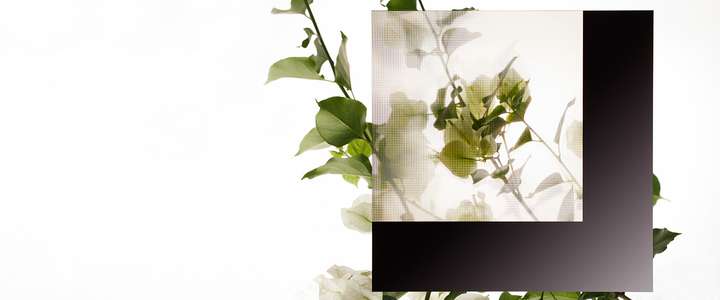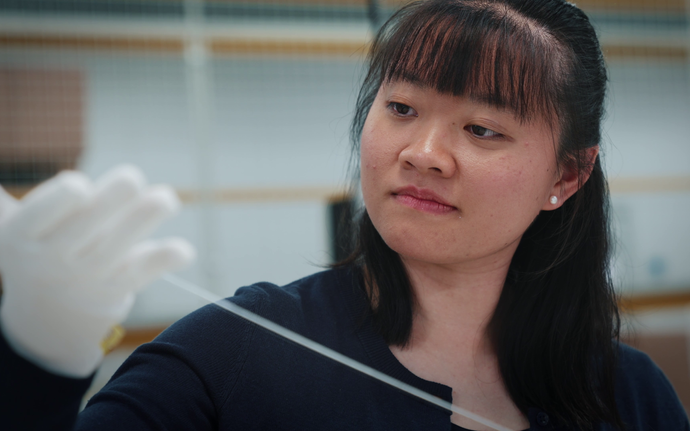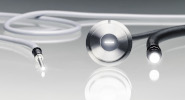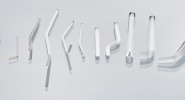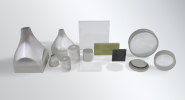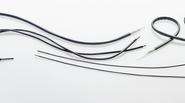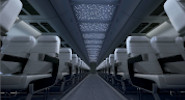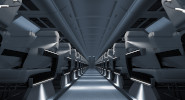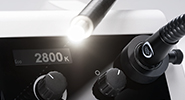Fiber Optic Technology
What are optical glass fibers?
At the heart of all fiber optic technology is the glass fiber. This thin, flexible, and transparent material has a diameter about the size of a human hair. Light travels through the core of optical fibers, emitting light or forming images at the fiber bundle’s end.
This transmission is possible thanks to two materials with different refractive indices. Glass fibers are composed of a high refractive index core and a low refractive index cladding. The principle of total internal reflection (TIR) dictates that when light hits the boundary between the core and the cladding below the limiting angle, it’s reflected and carried further along the fiber to the end.
Purpose and function
Glass optical fibers are able to transmit light and images over long distances, through tight spaces, and from inhospitable situations. This capability has a vast range of uses, from examination in the healthcare sector to illumination in the aviation industry.Glass fibers are unaffected by a range of environmental factors, such as high or low temperature, with no risk of electrical interference. This enables them to be used directly in challenging environments – for instance, decoupling electronic devices such as light sources, sensors or cameras from the actual area of application.
Key advantages of glass optical fibers
Types of glass optical fiber
Glass optical fibers can be divided into flexible and rigid guides. Flexible light or image guides are often longer than rigid guides and normally used when the target lies around a corner or in a narrow space. This demands a high level of flexibility and movement.Rigid light or image guides are made up of bundles of fused fibers. Typical lighting applications include light guides for dentistry equipment or rigid endoscopes. For imaging applications, they are used to make a wide range of tapers and faceplates, which can transmit magnified, reduced or inverted images from an input surface to an output surface. Hybrid variants are also available.
How optical fiber guides are produced
Not only does SCHOTT manufacture most of the preform blanks required to make glass fibers, it also has its own fiber drawing and winding facilities. This allows us to react to specific customer requirements in a very quick and flexible way.Production process
Fiber drawing
Precision bundling and extrusion
a) Precision bundling
Several primary bundles are gathered to form a final fiber bundle, with the fiber arrangement within flexible bundles usually arbitrary. For certain applications it may be necessary to arrange the fibers in a randomized pattern (light guide) or specific pattern (image guide).
b) Extrusion
The final fiber bundle has the option to be sheathed with polymer in an extrusion line to form a cable. In subsequent assembly processes, fiber bundles and cables are cut to length according to customer requirements and fitted with end sleeves.
End termination
Redrawing and reshaping
Grinding and polishing
Quality inspection
Why SCHOTT?
With over 130 years of experience, SCHOTT is the world’s leading expert in optical glass. Our knowledge, innovation and attention to detail ensure that no matter what your industry and requirement, we will give you our full support in finding the right solution.
SCHOTT: Your reliable supplier for fiber optic products
Over the past 60 years, SCHOTT has been developing and supplying the highest-quality optical fiber products for both mass market and specialty applications for sectors including:
- Medical
- Industry
- Microscopy
- Aviation
- Automotive
- Defense

